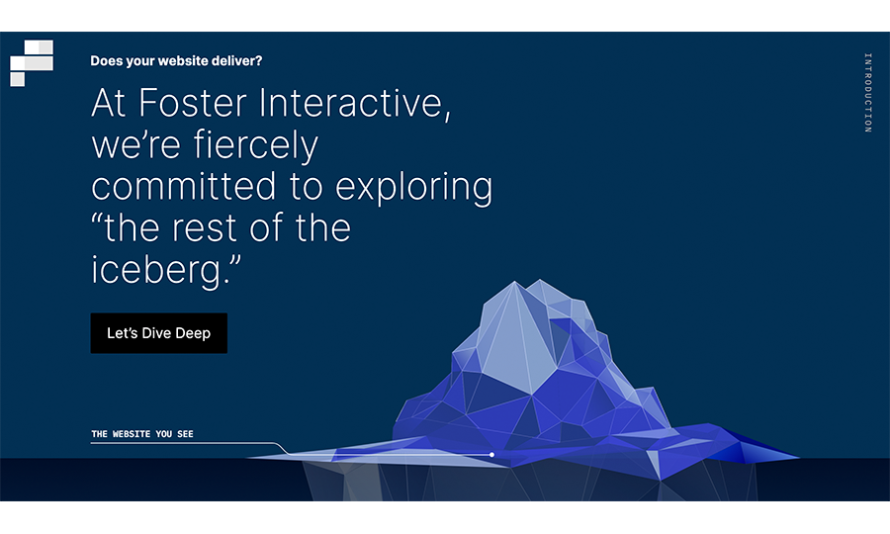How to Avoid Building the Wrong Website
Any large web project inevitably brings with it several stakeholders and sometimes dozens of them. Each one wants the new site to advance their personal or department’s mission.
Unfortunately, if your stakeholder team is a “stew with too many ingredients,” it can lead to any number of unproductive team behaviors.
Some groups go out of their way to be overly collaborative and, as a result, can’t decide on anything. Others let the loudest voice in the room become a de-facto “dictator,” causing the rest of the stakeholders to kowtow to their wishes. These and other toxic team dynamics can stop a website build dead in its tracks.
If you’re lucky, that is. If you’re unlucky, there’s something far worse than not being able to move forward. And that’s going ahead with the wrong website.
Image

1. Break the Tyranny of Subjective Opinions
At Foster Interactive, our Drupal agency in Toronto, Ontario, we learned early in our existence that different personalities, conflicting opinions and competing goals can derail a project. Some might say we learned the hard way.
Fortunately, we have a toolbox of user research techniques that helps us solve the tricky issues that often arise on projects with many stakeholders.
These ideas help us take what we call “the tyranny of subjective opinions” out of the build process and work to amplify the voice of website visitors instead of website stakeholders. In other words, they keep us from building the wrong website—and they can do the same for you.
2. Align the Business Goals as KPIs
When we build or redesign a site, we start by determining the most important jobs the website needs to do for the organization. Then we work to help stakeholders realize these KPIs represent only half of the success equation.
So what’s important? Increased traffic? Decreased bounce rate? Increased conversions on form fills? A 15% jump in average order size? Reduced service calls? Stakeholder interviews—with both leaders and frontline staff—will help you collect and prioritize this list, as well as focus on site analytics and what they can tell you.
3. Define & Prioritize Your Audiences and Their Goals
When you do significant audience research, you can reframe the conversation about what should go on the website, moving the discussion away from personal, subjective opinions and toward factual data about what Persona X needs. (Think surveys, interviews, user testing or anything else that directly gathers the voice of the customer.)
This qualitative data makes it easier to get through stakeholder logjams. (You know, 40% of support calls are about issues with this process. We should put energy into making things easier.) This process also neatly works to ensure you don’t build a website that typical visitors don’t want or can’t use.
4. Remember that Content Will Be Harder Than You Think
If you’re redesigning an existing site, don't throw the content “baby” out with the bathwater just because your stakeholders don’t like it. Leaders often have deep insight into a narrow slice of their customers, but they often fall prey to thinking they know about all their customers. Rely again on your research to indicate what content users need from the site.
For maximum success—and to minimize the chance of building the wrong website—start creating the content as early as possible in the project. Don't wait until developers are done; if the project is to be successful, content must begin much before that.
5. Build a Website That Budgets for the Long-Term
At Foster Interactive, we typically earmark 20% of a project budget for user research, and another 10–20% for content. But burning those budgets in a single iteration is a recipe for a stale website. Instead, we try to do smaller projects that we can launch faster, reserving the budget for future research and content production.
After all, just because a website is launched doesn’t mean it’s frozen. (And it’s certainly not finished.) Unfortunately, many websites are undone by exactly those assumptions, which means they get off on the wrong foot even before they launch.
6. Plan for Governance
Because every organization changes, what that organization—and its user base—wants and needs will also change. But just as you wouldn’t build an ocean liner, point it to the west, and say, “Excellent voyage ahead,” it goes without saying that you can’t set and forget a website project. You simply must plan to build a governance system to keep the site aligned with priorities and objectives.
Don’t forget that governance isn't just about adding to the website. Removing things from the site as they get stale is also critical. We often see websites that just get bigger and bigger because no one in the organization can say, “No, we shouldn't add another page here.” That kind of bloat reduces the user experience over time and quickly turns even a great website into a dysfunctional one.
7. Spread the Word
A user-focused approach to building websites will help you get organizational buy-in for the project. It will also help you combat subjective points of view and stay clear on what actually matters to the organization and its users.
Most importantly, it will help you and your clients plan and budget for a healthy site that serves everyone’s needs—and solves user problems and meets business goals in an intelligent, helpful way.